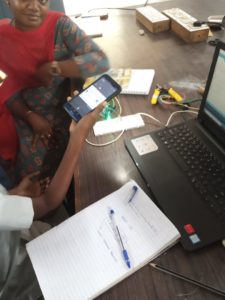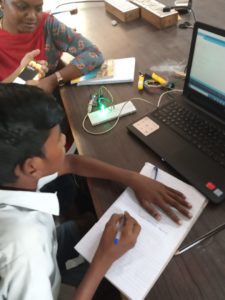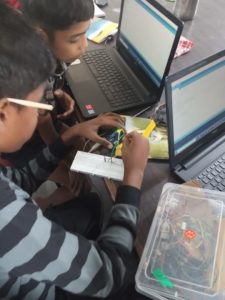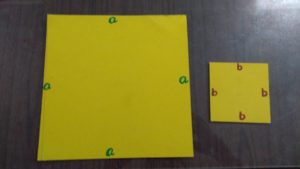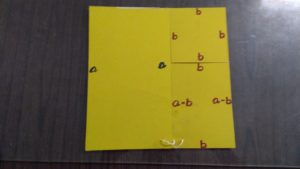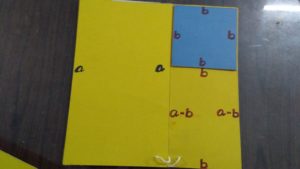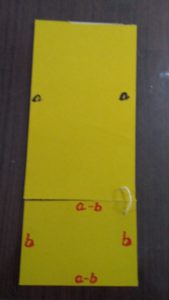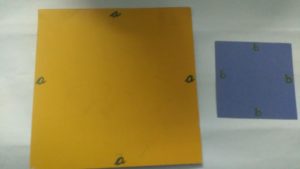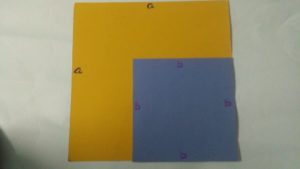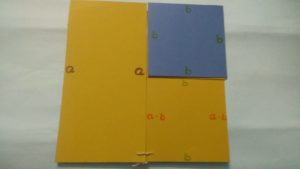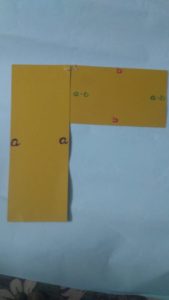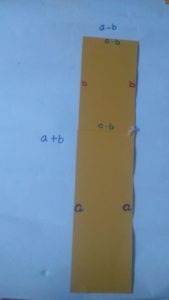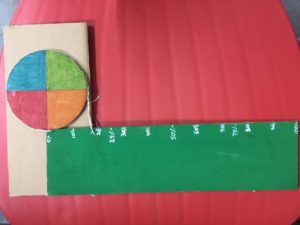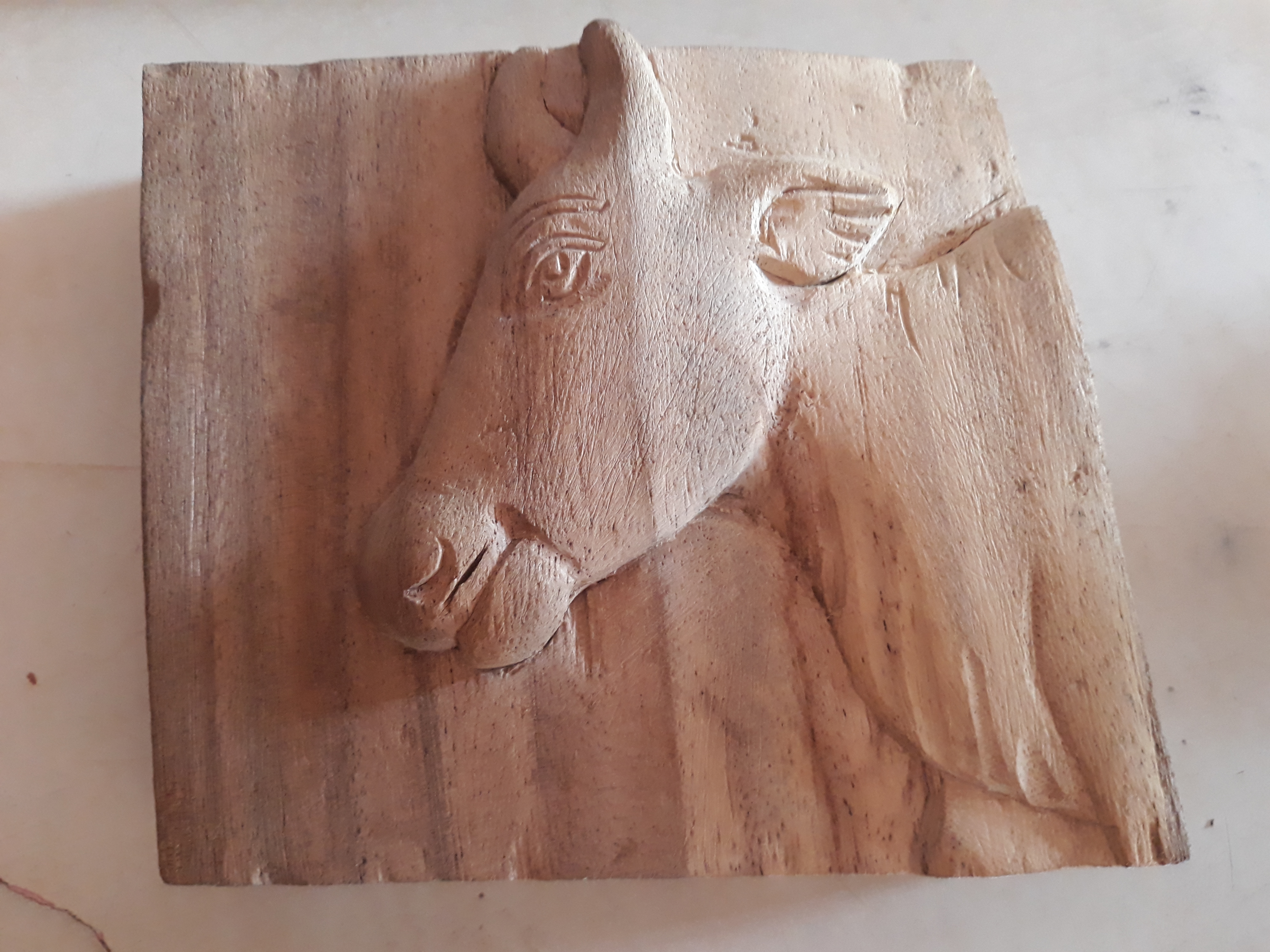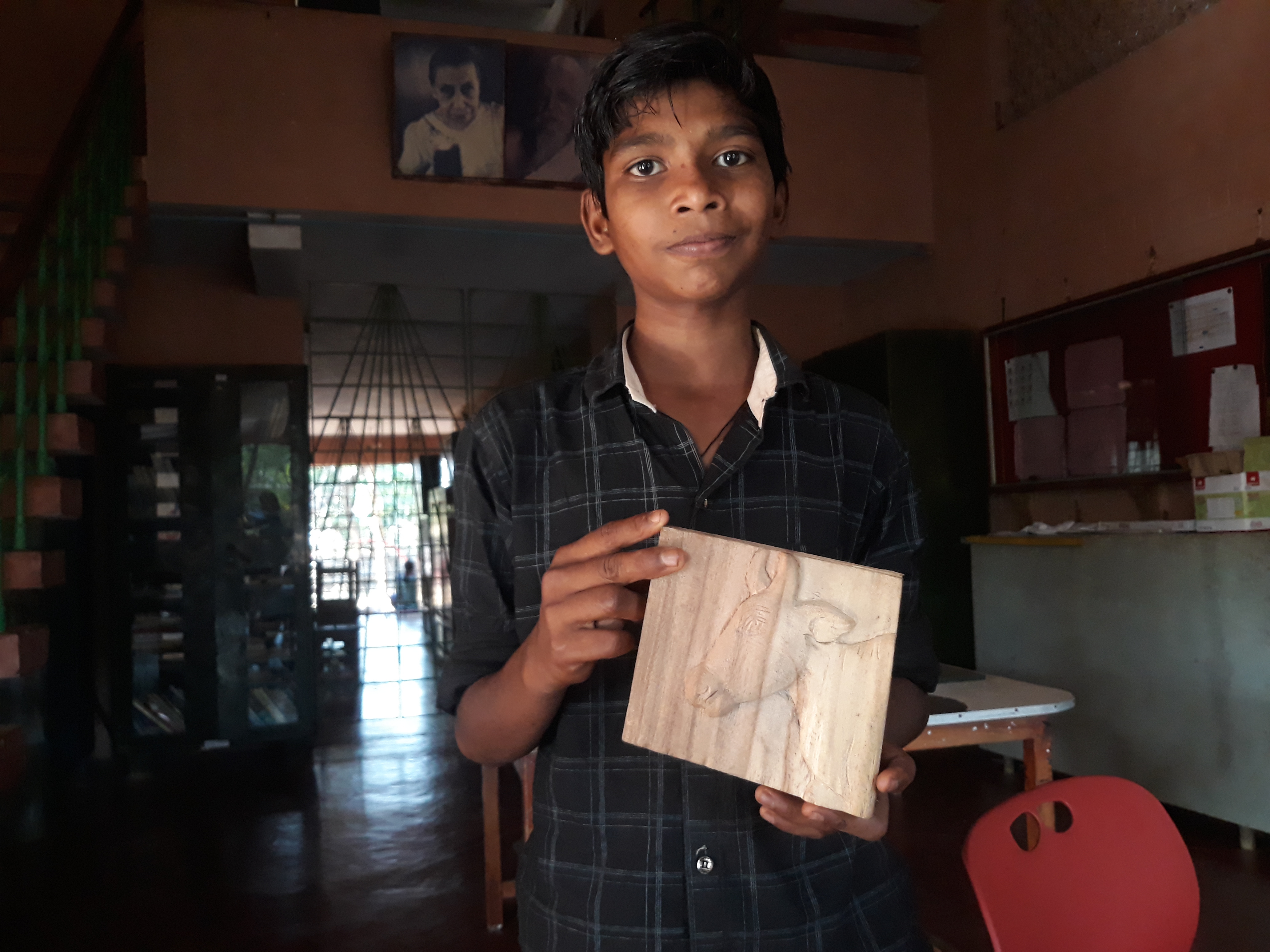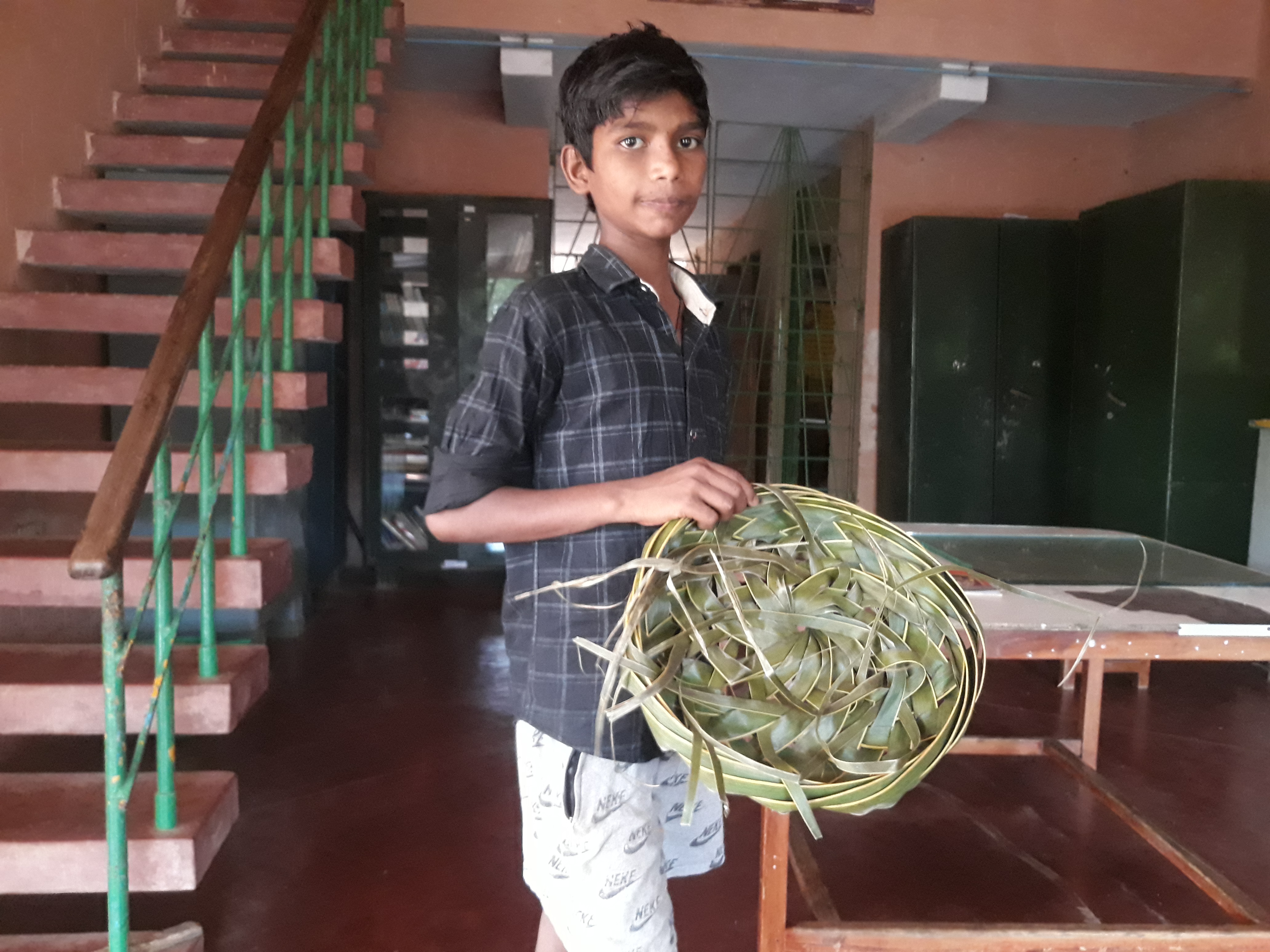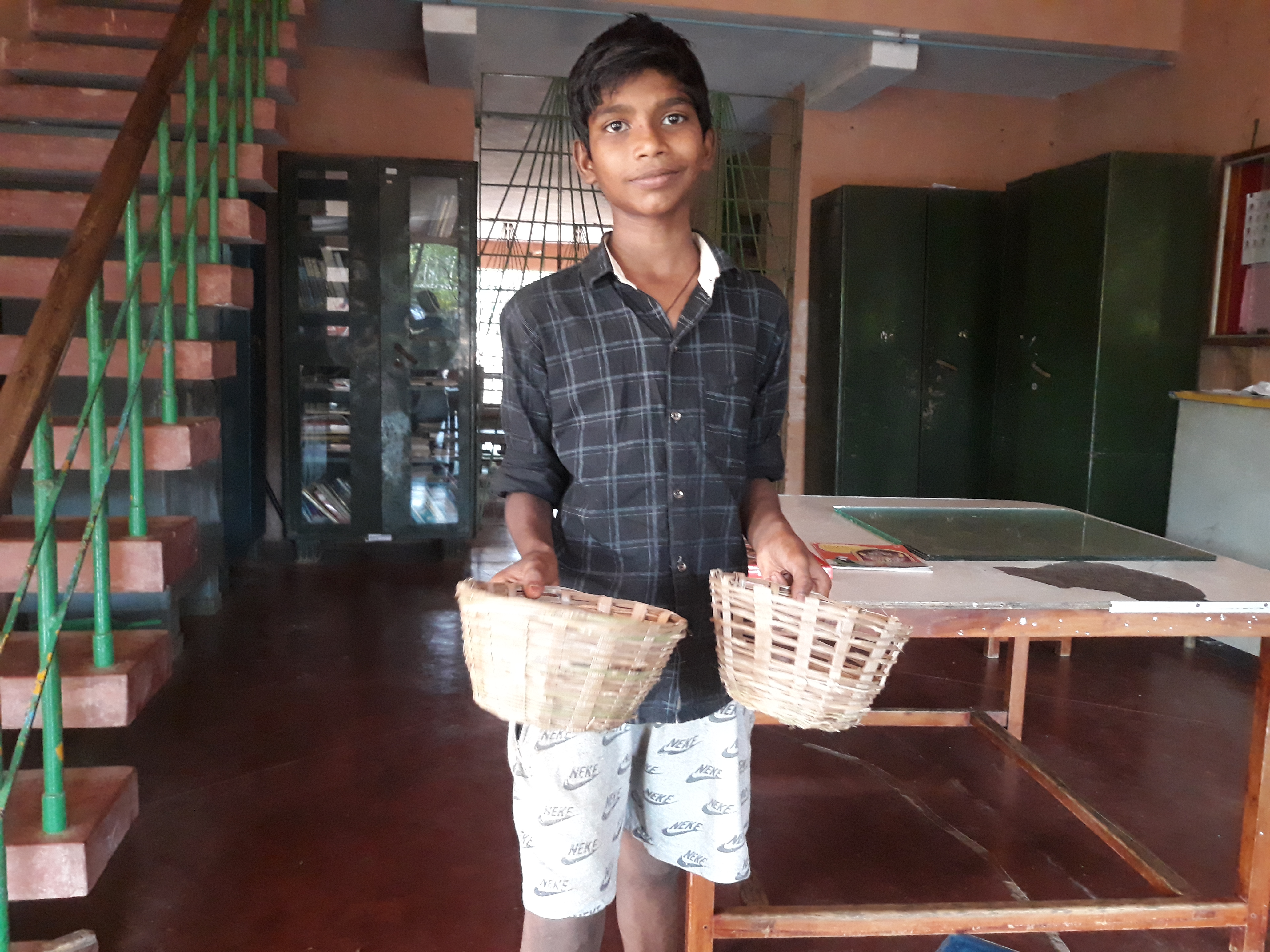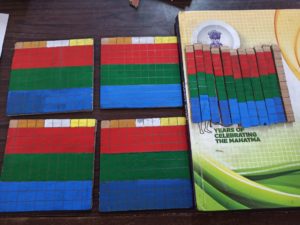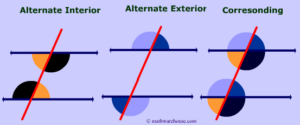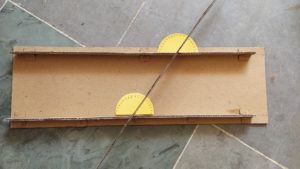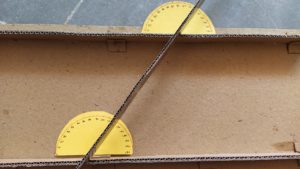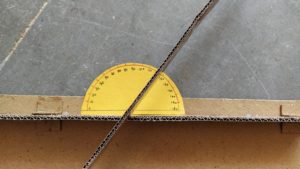~Vimal , Jenifa & Abilash
As a part of the “People Counter Project”, the children were given hands on learning about the LDR(light dependent resistor) and the interfacing of the same wit the arduino platform. children built the circuit, wrote the program with support and understood the concept LDR , differentiation of analog and digital values, serial communication between arduino and pc. They visualized the value of the ldr on the serial monitor tool. Further a task was given to them to build the concept of automatic street light, with little help from us they understood and wrote the code and demonstrated it. Also threshold concept was explained to them and asked to write a code for switching on two leds based on the threshold limit of the sensed value of the LDR connected to the arduino. They did that also.
